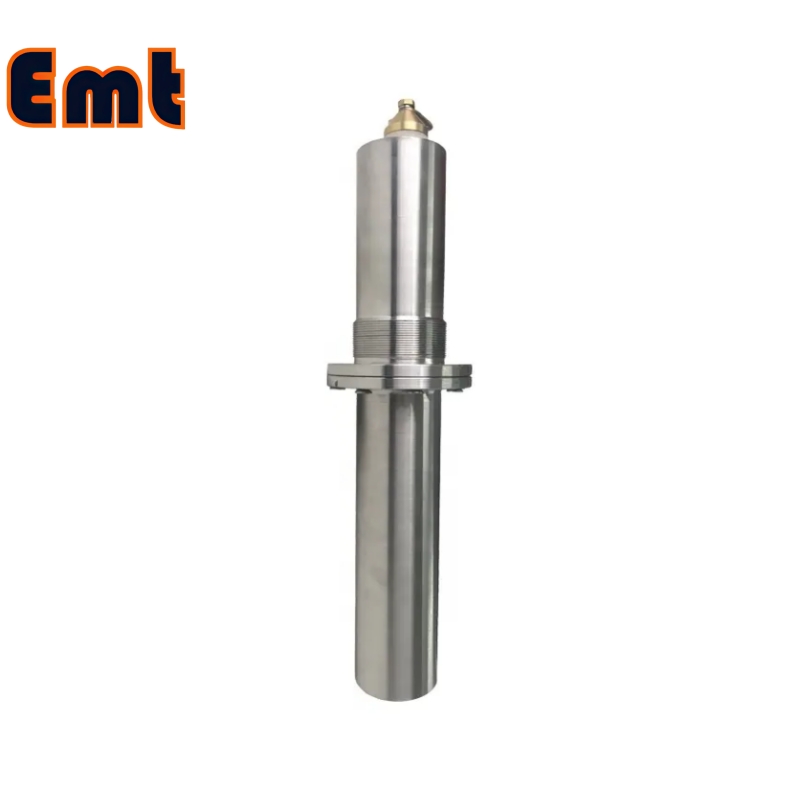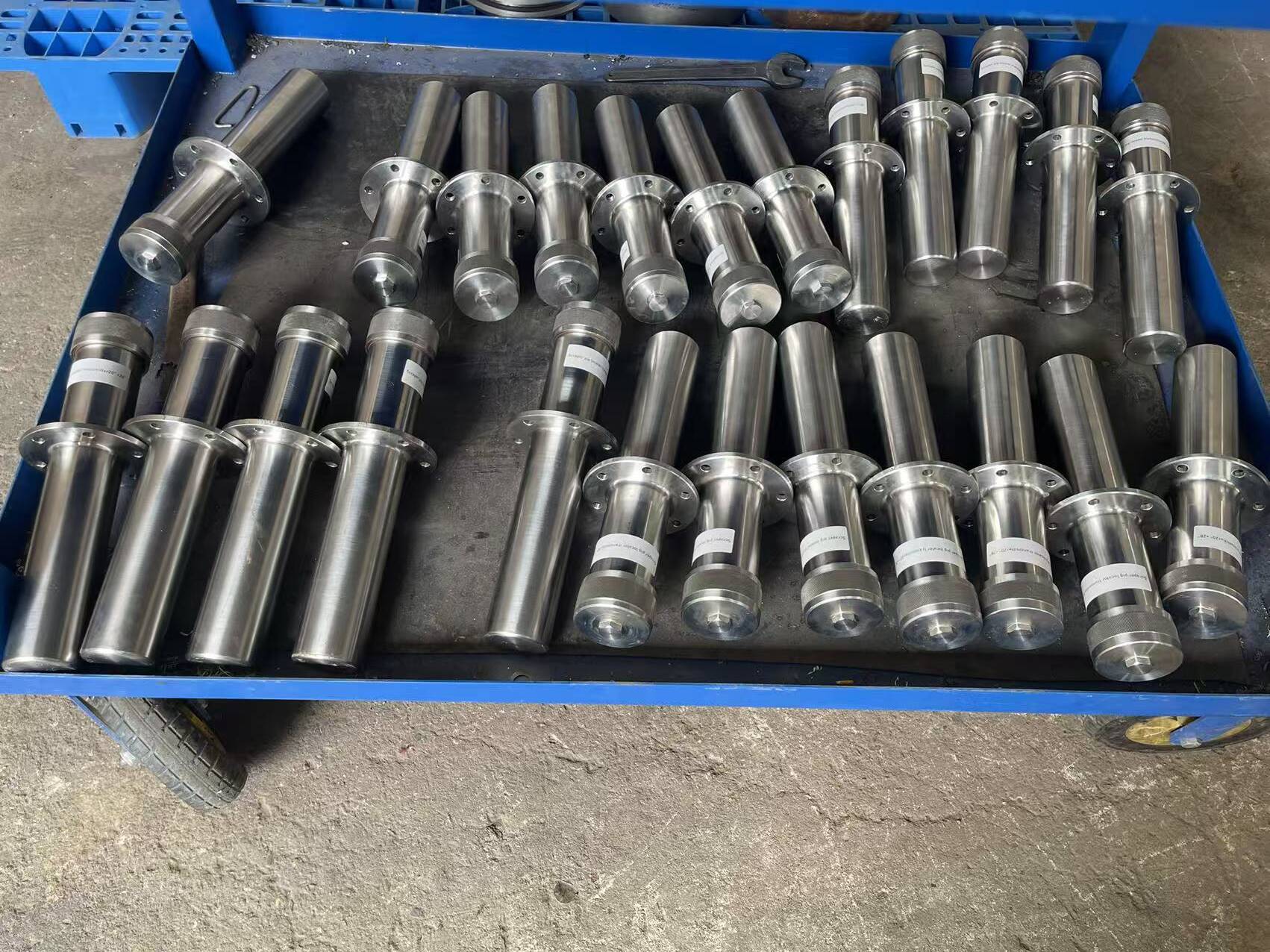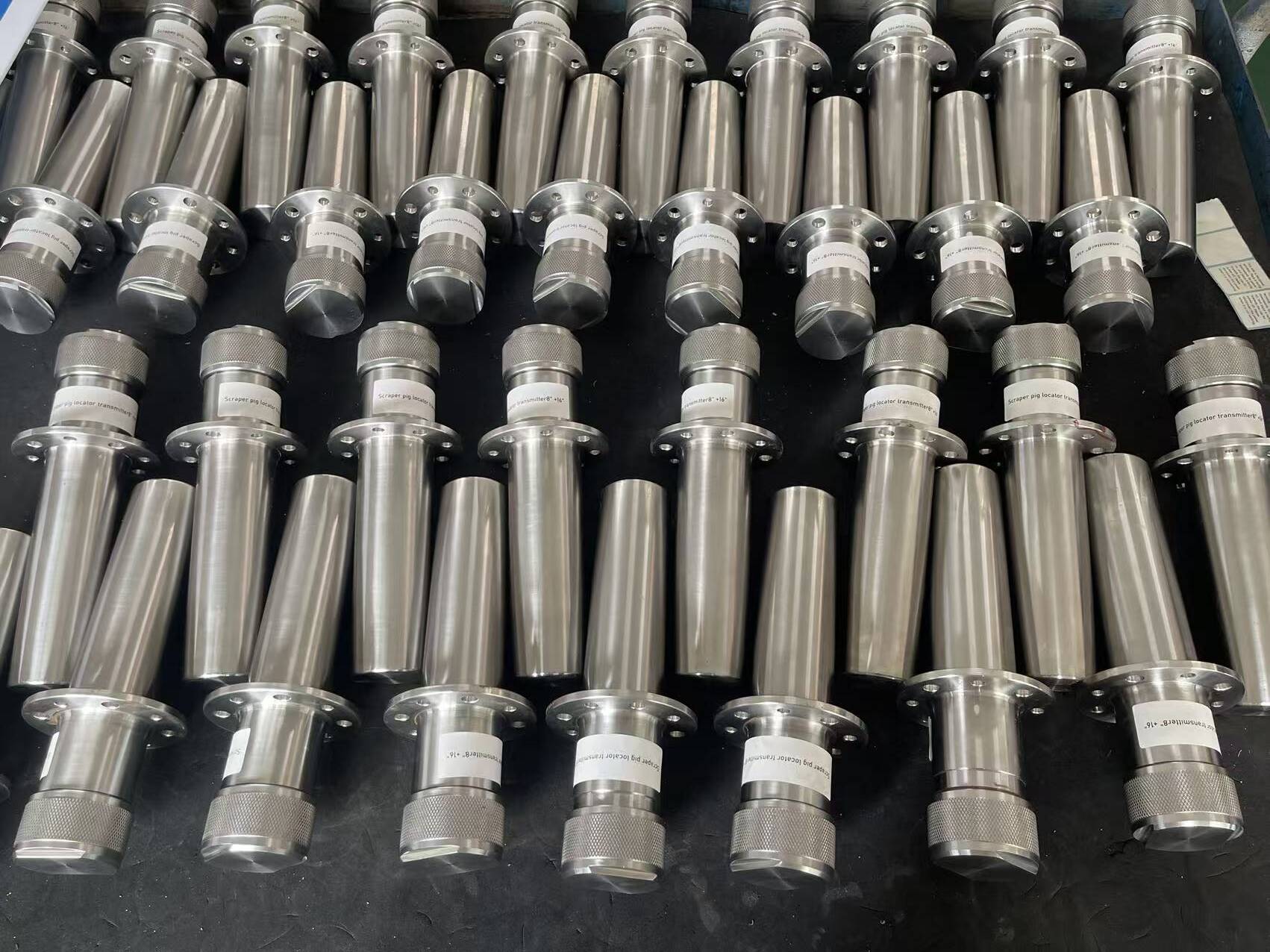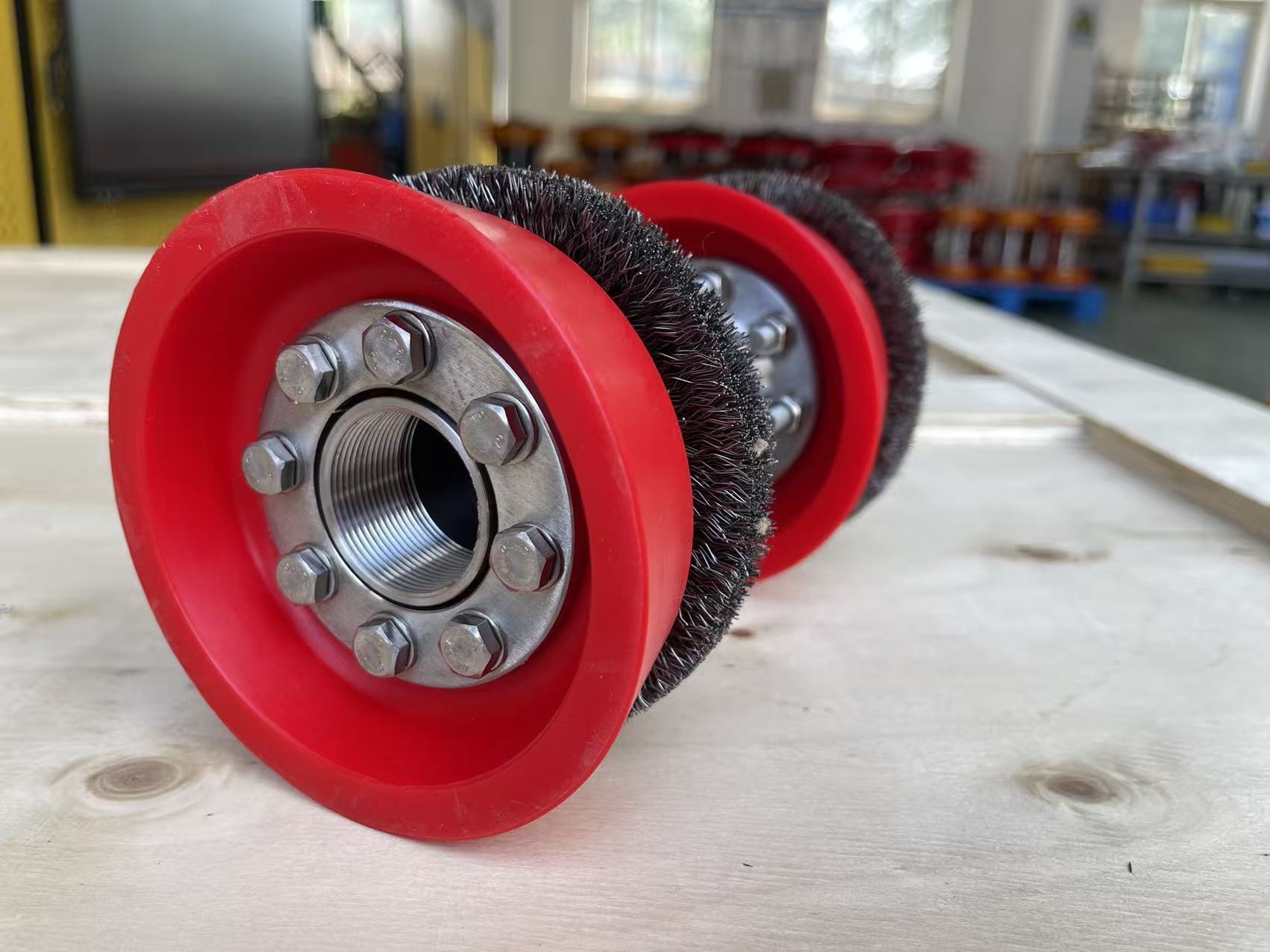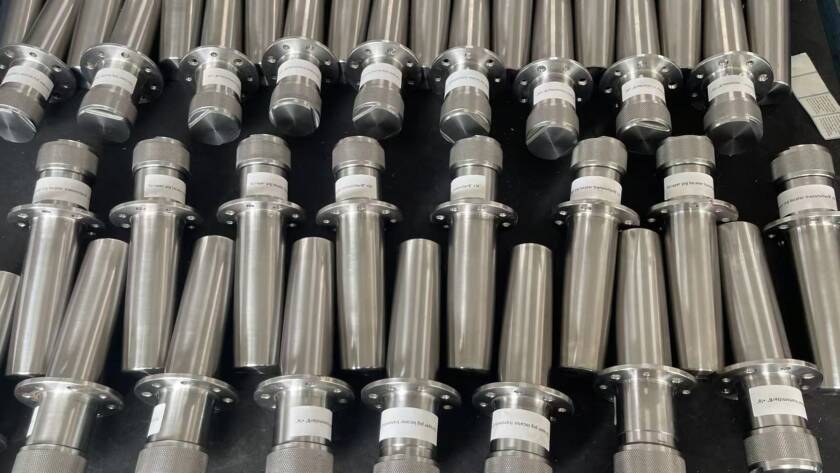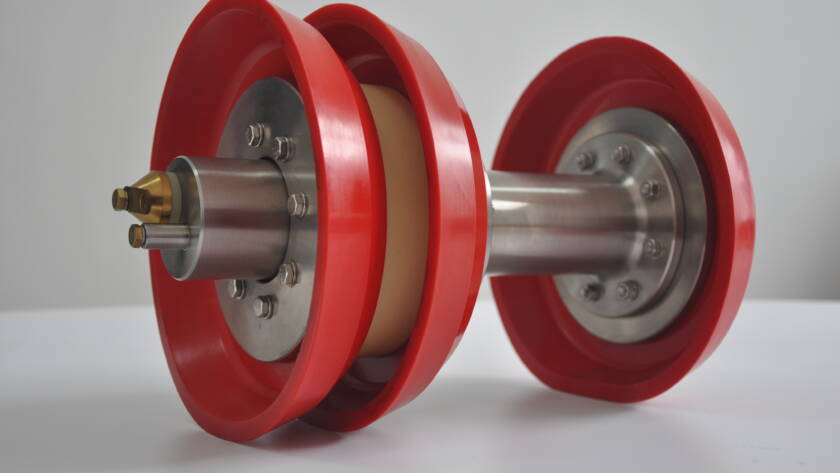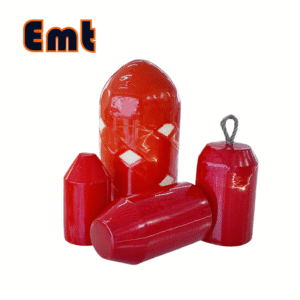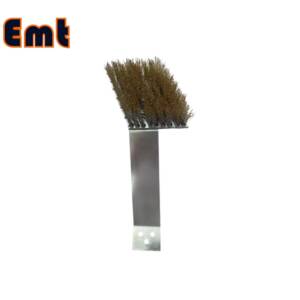Description
We manufacture high-performance pig transmitters and pig receivers that allow operators to accurately monitor the location and movement of pigs within the pipeline. Our reliable tracking systems help prevent pig loss, reduce downtime, and improve overall pipeline maintenance efficiency.
A pig transmitter is a specialized electronic device used in pipeline pigging operations to track and locate cleaning or inspection pigs as they travel inside a pipeline.
Key Functions of Pig Transmitter
-
Location Tracking
-
The transmitter is installed inside or attached to a pipeline pig.
-
It emits a radio frequency (RF) signal or sometimes magnetic signals, which can be detected by external receivers placed along the pipeline.
-
This helps operators know the pig’s exact position during its run.
-
-
Monitoring Pig Progress
-
Operators can confirm that the pig has successfully passed certain checkpoints.
-
This reduces the risk of pigs getting stuck (“stuck pigging”) inside the pipeline, which can block flow and cause costly shutdowns.
-
-
Verification of Pig Passage
-
At launch and receiving stations, transmitters confirm when the pig enters and exits.
-
Along the line, receivers can detect the pig’s signal when it passes, ensuring smooth progress.
-
Types
-
Standard RF Transmitters – use electromagnetic signals.
-
Magnetic Transmitters – emit a magnetic field for detection in pipelines where RF is less effective.
-
Pressure/Temperature Resistant Models – designed for high-pressure, deep-water, or high-temperature pipelines.
Applications of Pig Transmitter
-
Pipeline cleaning pigs – confirm progress during cleaning runs.
-
Intelligent pigs (ILI tools) – transmitters provide location confirmation alongside inspection data.
-
Emergency recovery – if a pig gets stuck, transmitters make it possible to pinpoint and retrieve it.
In short, a pig transmitter is like the “GPS beacon” of a pipeline pig: it doesn’t steer or clean but makes sure operators can locate and track the pig safely and efficiently.


